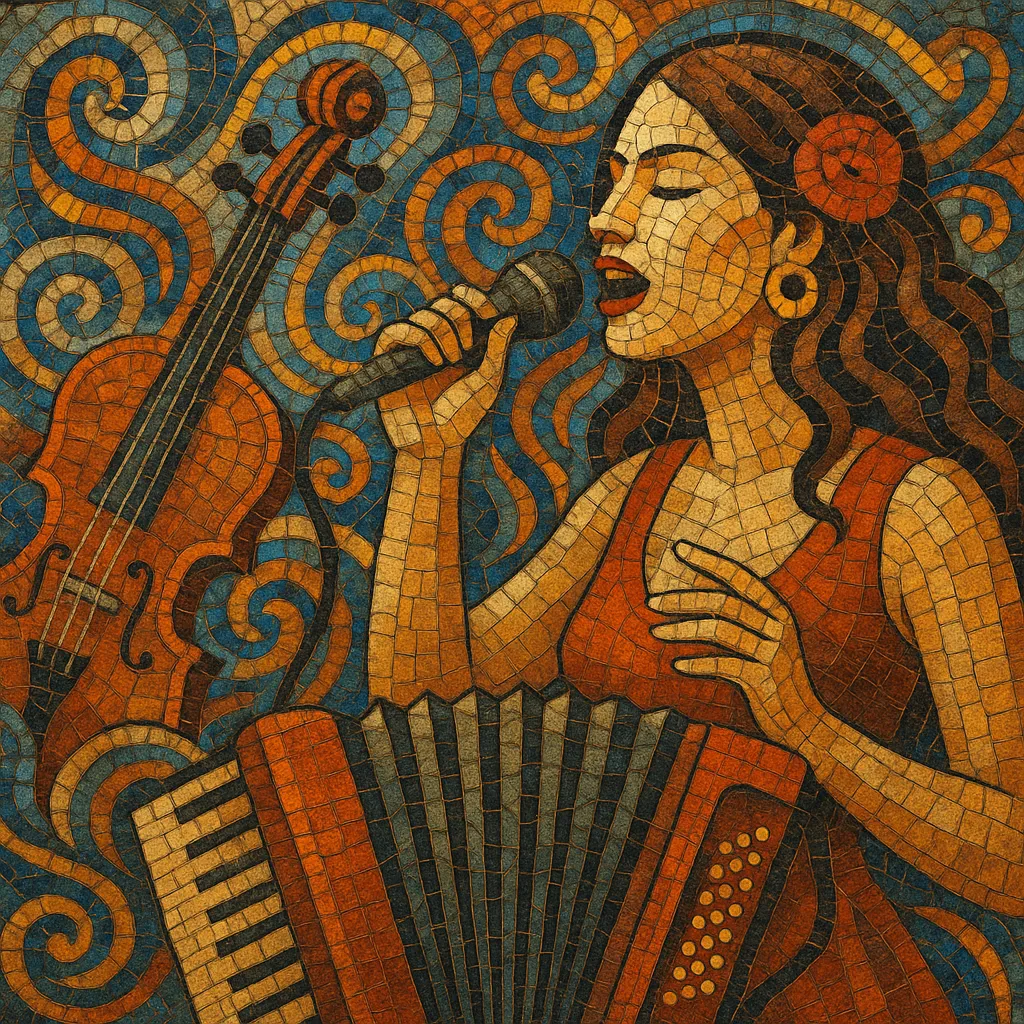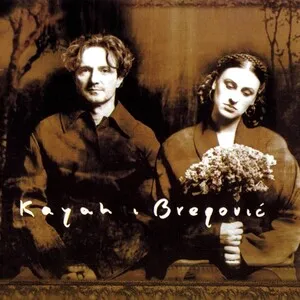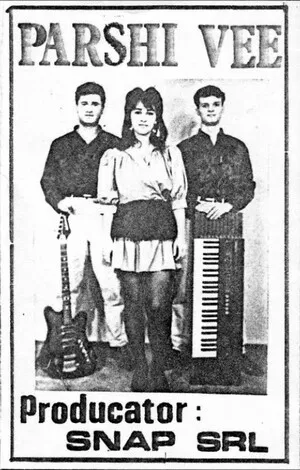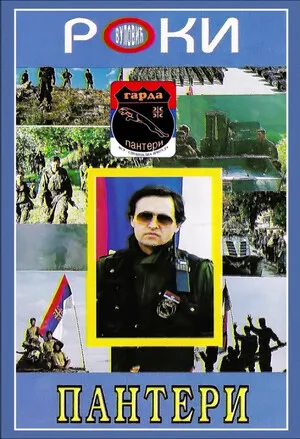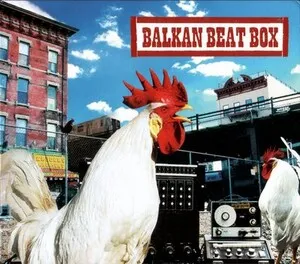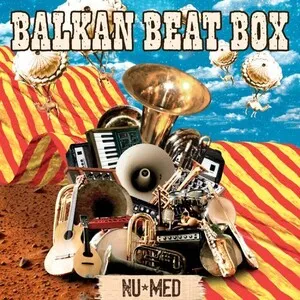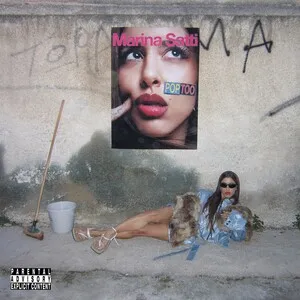Balkan pop-folk is a commercially oriented blend of contemporary pop and dance production with melodies, ornamentation, and rhythms drawn from the folk traditions of the Balkans.
It typically features powerful, melismatic vocals, hooky choruses, and club-ready beats, while retaining modal inflections, asymmetric meters, and timbres associated with regional folk music.
Across the region it appears under local banners (e.g., turbo-folk in the ex‑Yugoslav sphere, chalga in Bulgaria, and laïko‑pop varieties in Greece), but the shared aesthetic is a glossy, nightlife-facing sound that fuses East‑Mediterranean and Near‑Eastern motifs with modern pop.
Balkan pop-folk grows out of the late-communist and post-communist commercial folk currents, notably the Yugoslav "novokomponovana narodna muzika" and Greek laïko, which had already introduced amplified bands, romantic ballads, and a pop presentation to folk material.
The 1990s mark the decisive pop turn. In Serbia and the wider ex‑Yugoslav space, turbo-folk crystalizes a glossy, club-oriented style with synthesizers, drum machines, and folk-derived vocal lines. In Bulgaria, chalga develops in parallel, drawing on Balkan, Turkish, and Arabesque sources but delivered with pop hooks and dance grooves. Music television, nightlife economies, and a new commercial media landscape help the sound dominate airwaves and venues.
Major labels, televised galas, and talent shows professionalize and scale the scene. Production adopts Eurodance and contemporary R&B textures while preserving folk ornaments and modal colors. Cross-border collaborations and touring normalize a pan‑Balkan pop-folk market, with songs circulating widely across Serbia, Bosnia and Herzegovina, Montenegro, North Macedonia, Bulgaria, and Greece.
The style absorbs EDM, trap, reggaeton, and modern pop aesthetics, yielding heavier sub-bass, crisper programming, and hybrid rhythms while maintaining melodic signatures (maqam-influenced scales, melisma). Streaming and YouTube amplify reach, and a new generation of artists blends traditional instrumentation (clarinet, gaida, tamburica) with cutting-edge production, keeping the genre a staple of clubs, weddings, and mainstream charts.
Combine modern pop/dance production (synth leads, pads, punchy kick and snare, sidechained bass) with Balkan timbres (clarinet, trumpet, gaida/kaval, tamburica, darbuka). Use bright, slightly detuned synths or sampled folk instruments for lead motifs, and layer claps/shakers for dance energy.
Default to 4/4 for club readability, but incorporate Balkan accents, fills, and occasional asymmetric feels (e.g., 7/8 or 9/8 motifs as intros/breakdowns). Percussion should balance EDM drivenness with darbuka/daouli-style ornamented rolls.
Write vocal lines with melismatic phrasing and ornamentation, using modal colors common to the region (e.g., hijaz/hicaz-like augmented second, phrygian-dominant flavors). Keep harmonic progressions simple (I–VI–VII or iv–III–II), reserving interest for modal inflection and countermelodies.
Aim for strong, emotive delivery—belted choruses with expressive vibrato and slides. Lyrical themes often revolve around love, longing, nightlife, status, and resilience. Use memorable refrains and call‑and‑response ad‑libs to maximize sing‑along potential.
Structure around intro–verse–pre–chorus–chorus, with a post‑chorus hook or instrumental drop. Employ modern mixing—forward lead vocal, controlled low‑end, and bright high‑frequency sheen. Add short ornamental runs (clarinet/trumpet) to bridge sections, and consider a half‑time or trap‑styled breakdown for contemporary flavor.

